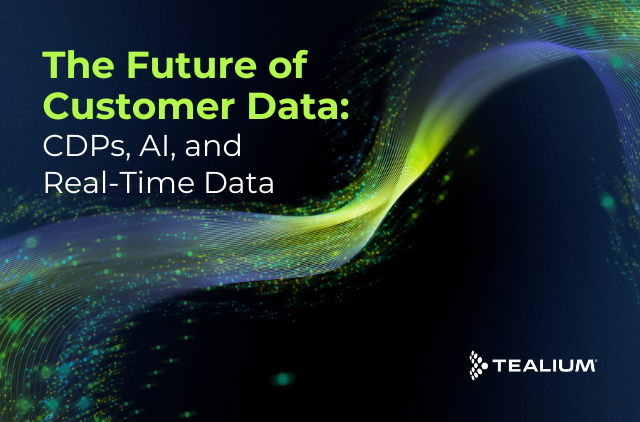Digital trust is a necessity nowadays: your brand needs it. It is the foundation built with your customers. It’s quite simple: when customers don’t trust your brand, they won’t use your service.
And with customers demanding more personalized experiences, a lack of trust reduces the opportunity for brands to deliver on those experiences. That’s because if customers don’t see the value in interacting with a brand, they will take action to not engage with it. But the opposite will happen if positive experiences and outcomes are enforced.
So how do brands achieve digital trust?
Start with consent and focus on earning digital trust.
This is where your core message and relationship begins. With General Data Protection Regulation (GDPR) in place in Europe and strengthening privacy regulations happening in western countries, acquiring consent is the most important first step in the user journey. In fact, it’ll activate (or deactivate) entire use cases depending on the trust built with customers. With signal loss and third-party cookie deprecation impacting how data is utilized, delivering benefits in the most compliant way will build trustful relationships.
Maintain a thorough customer Data Lineage.
Having a full understanding of the data collected, where it came from, and what insights are generated from it will help you better reach customers and deliver on the promise of the original value exchange. The years of being desperate for data are over, and the time is now to learn how to maintain proper stewardship while orchestrating it properly.
In addition, brands must focus attention on data governance challenges to unlock these privacy benefits; and having a strong customer data foundation will determine the leaders in the industry.
That’s why Tealium developed the Privacy Pyramid.

But taking action is not as easy as the snap of fingers. The privacy regulation landscape is extremely fragmented and it’s important to operate with the highest standards in mind. That means setting operational standards for being compliant with the most strict regulations (depending on which region you’re operating from) and applying it globally. This is what we call the ‘blueprint approach.’ Remember: technology leads, but data privacy must follow.
How can your business get started creating digital trust?
Collection: It all starts with data collection. Standardize the collection of data on every data source by designing and implementing a data layer, and use this to obtain privacy permissions on every data source (both offline and online).
Transformation: Ingrain privacy into your practices. Create a permission matrix to document the automation logic that ultimately determines when and under which conditions customer profile data should be processed, enriched with new information, or transformed into a facilitating attribute for value. By harmonizing the enforcement rules with the business permissions, you will align the business, privacy, and technical needs together.
Activation: Put your data into action when it’s time to distribute data to trusted partners and platforms. Automate consent enforcement, regulate access to personal data, and plug third-party integrations for efficiency.
Lineage: It’s time to streamline. Understand why and how your organization is processing data and remove those processing activities without purpose.
It’s safe to say that remaining nimble is a top priority; with the only constant in a flurry of change being the customer. Evolving as their needs and preferences do is critical – and how you can do this is through the power of data. But, more data isn’t always better, as it can open your organization up to compliance risk. Using the recommendations above can help your organization to create digital trust that will drive growth through data privacy initiatives and protect your organization in an ever-evolving privacy landscape.
For more information on creating digital trust, check out our eBook, “In Data We Trust” for tactical information on how to use data privacy as a method for gaining trust and creating meaningful connections with your customers.








